Blog
stories from the Sanctuary
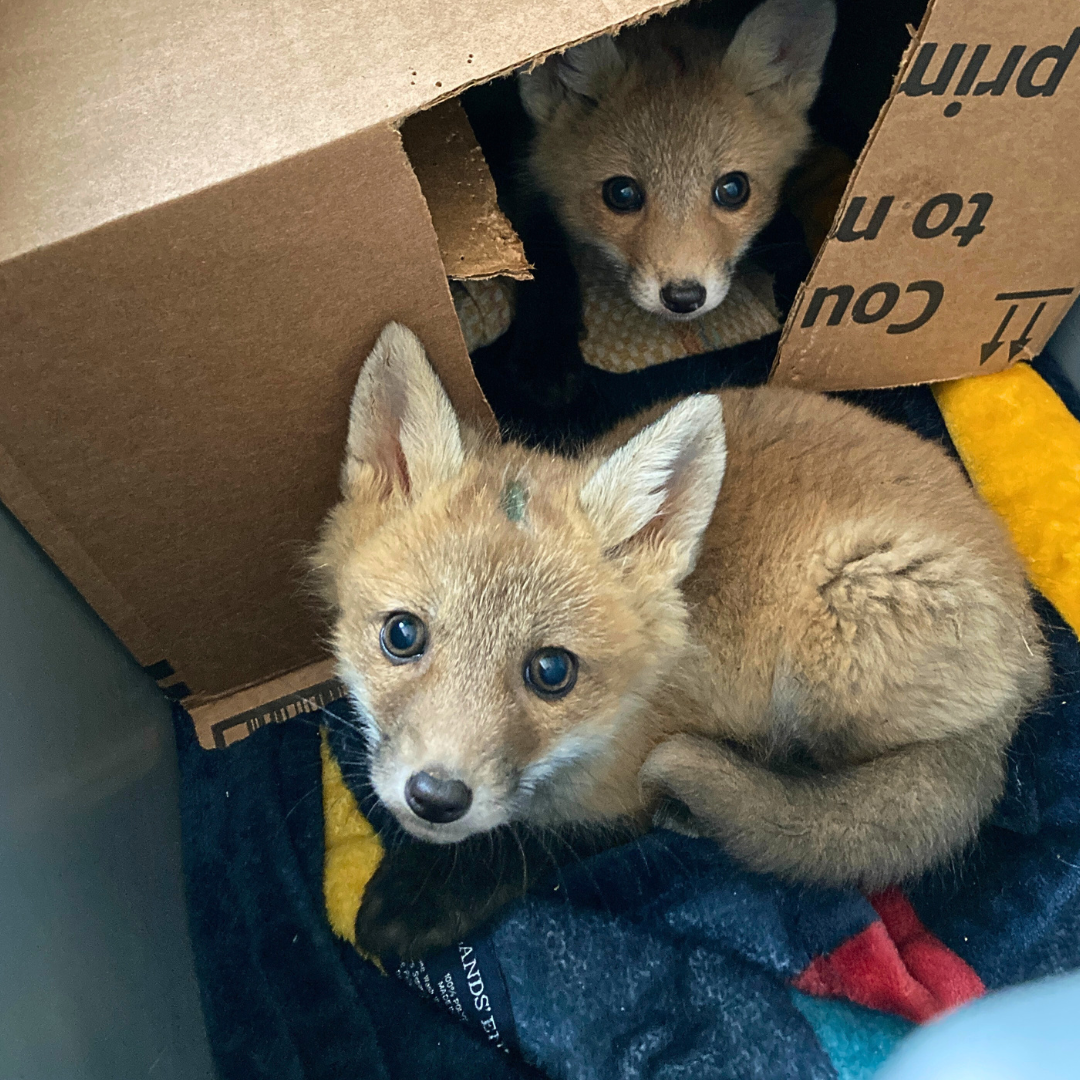
December 29, 2025
Between caring for nearly 900 animals, answering over 3,000 hotline calls, presenting 45 education programs, and completing some transformative renovations, we’ve been busy at Rockfish Wildlife Sanctuary. Read about some of our most memorable patients from 2025!
read more
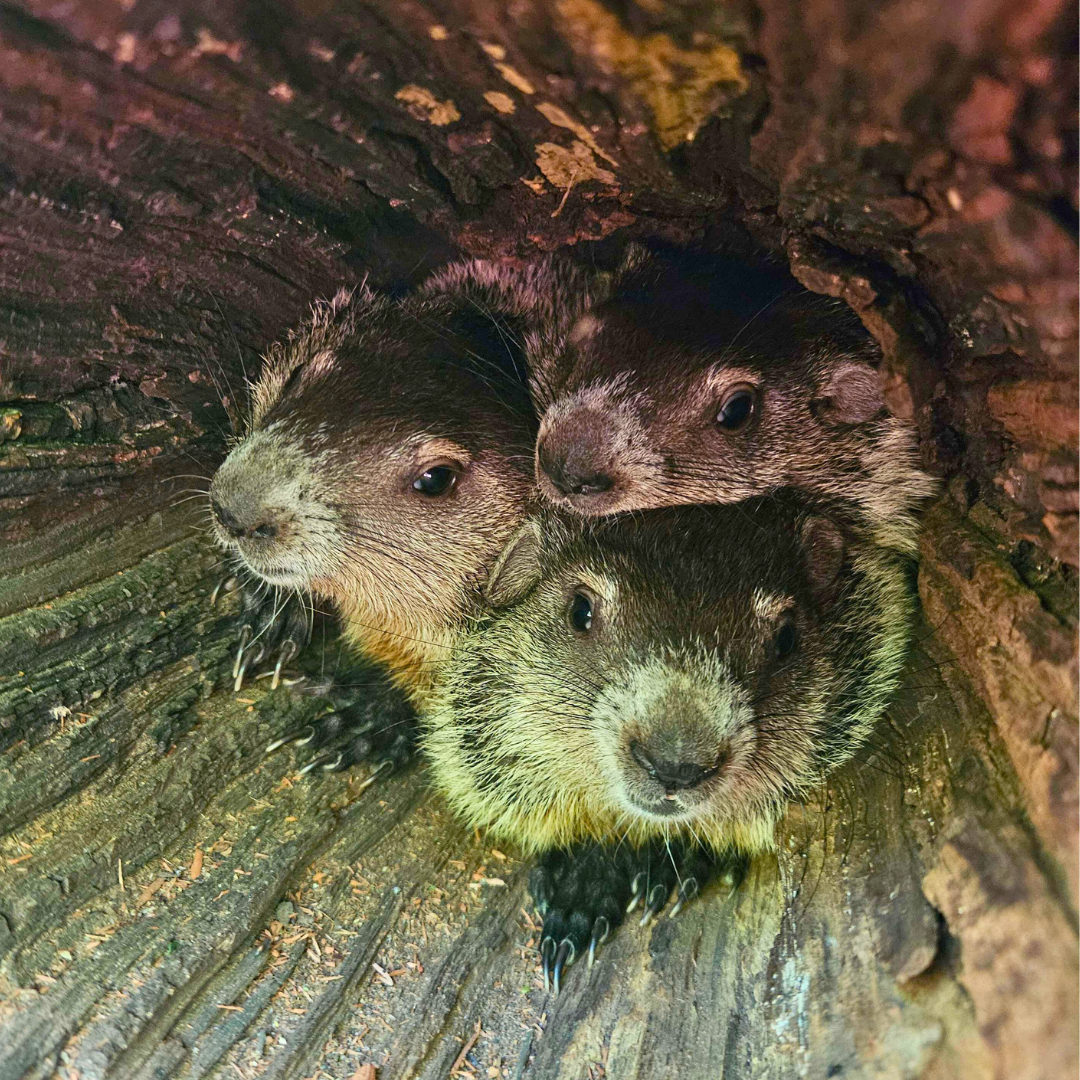
December 17, 2025
When winter settles in, most of us humans do too. We enjoy lots of soup, cozier evenings, and perhaps a bit more couch time than usual. Our wild neighbors adapt accordingly. For many of the critters that don’t migrate south for the season, winter means totally powering down.
read more
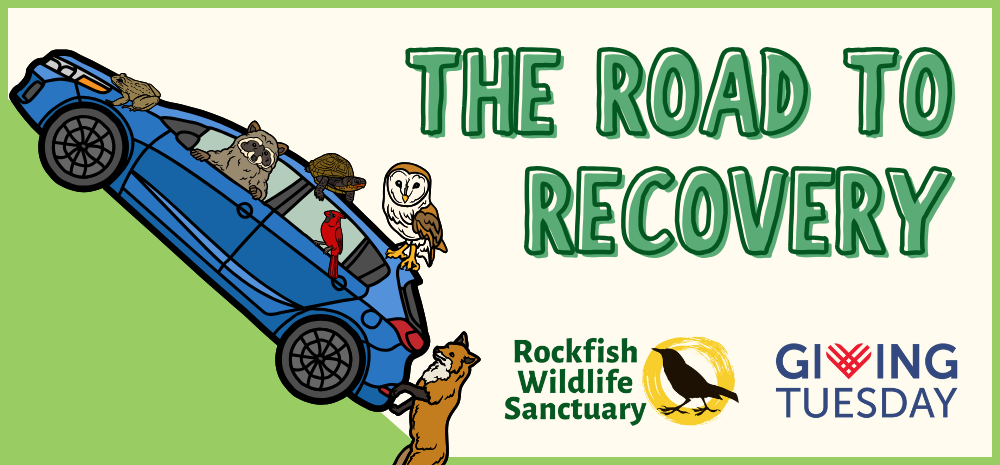
December 1, 2025
read more
If you’ve ever visited Rockfish Wildlife Sanctuary, you know our driveway is…something else. 😅 Today, we’re kicking off our Giving Tuesday campaign to rebuild the road to recovery. We’d love for you to be part of it.
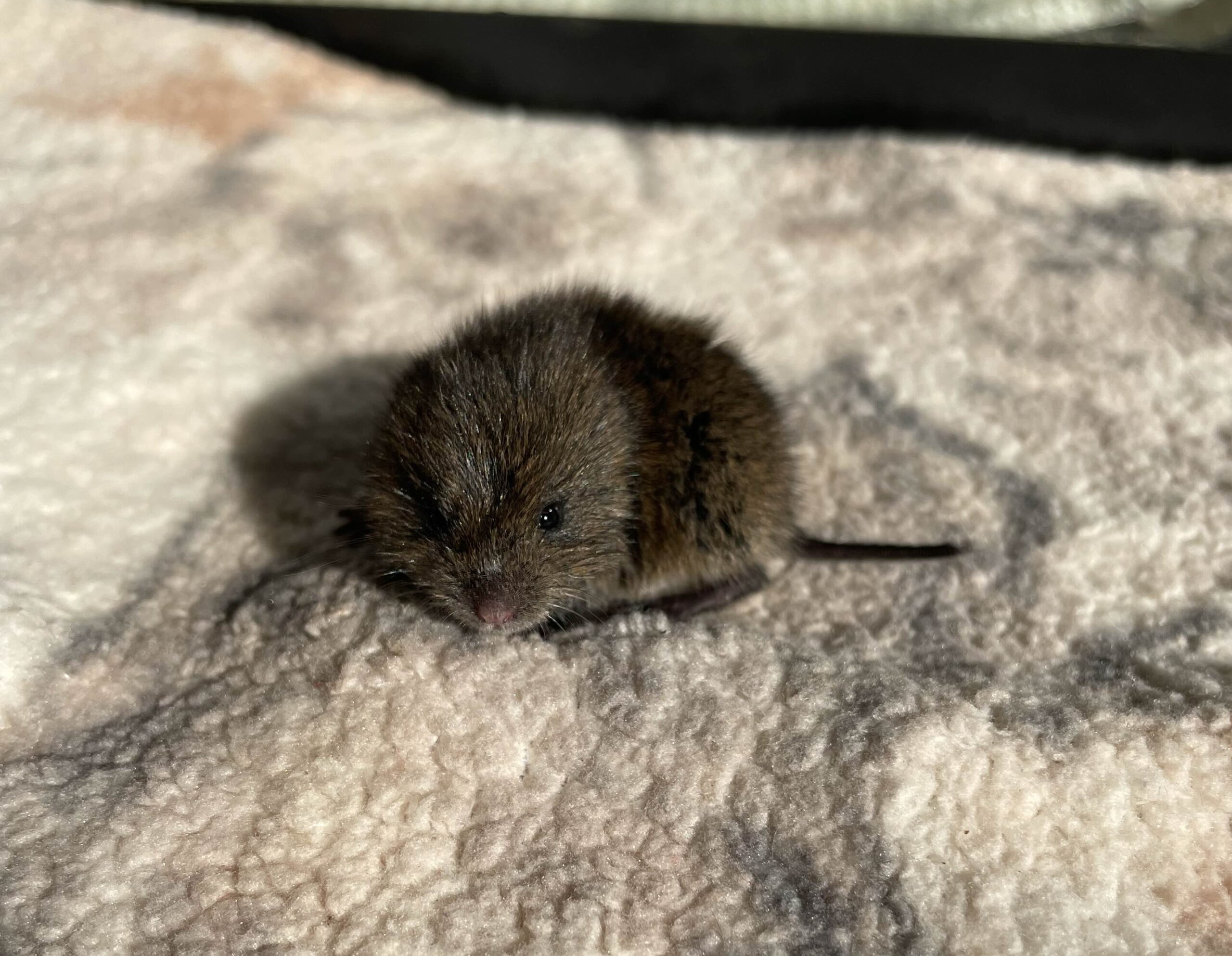
November 25, 2025
He’s teeny, but his appetite is impressively huge. Meet our featured patient this month: an adorable baby Meadow Vole!
read more
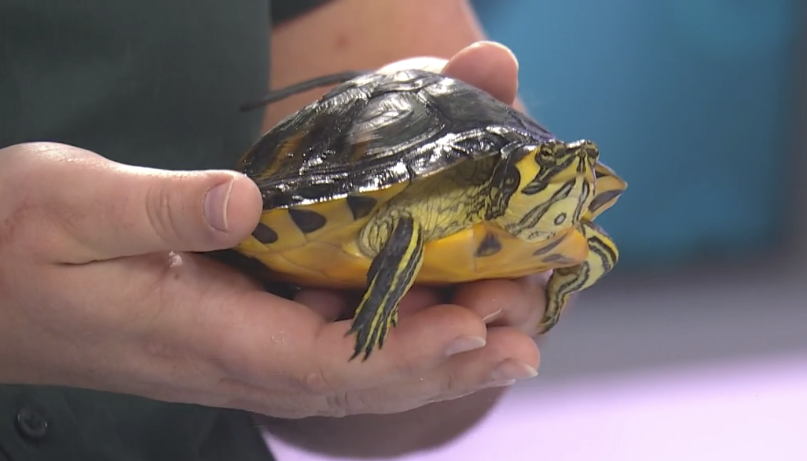
November 7, 2025
They say slow and steady wins the race, but this critter is typically the fastest to greet visitors at Rockfish Wildlife Sanctuary. Meet our new Yellow-bellied Slider education ambassador! 💛
read more
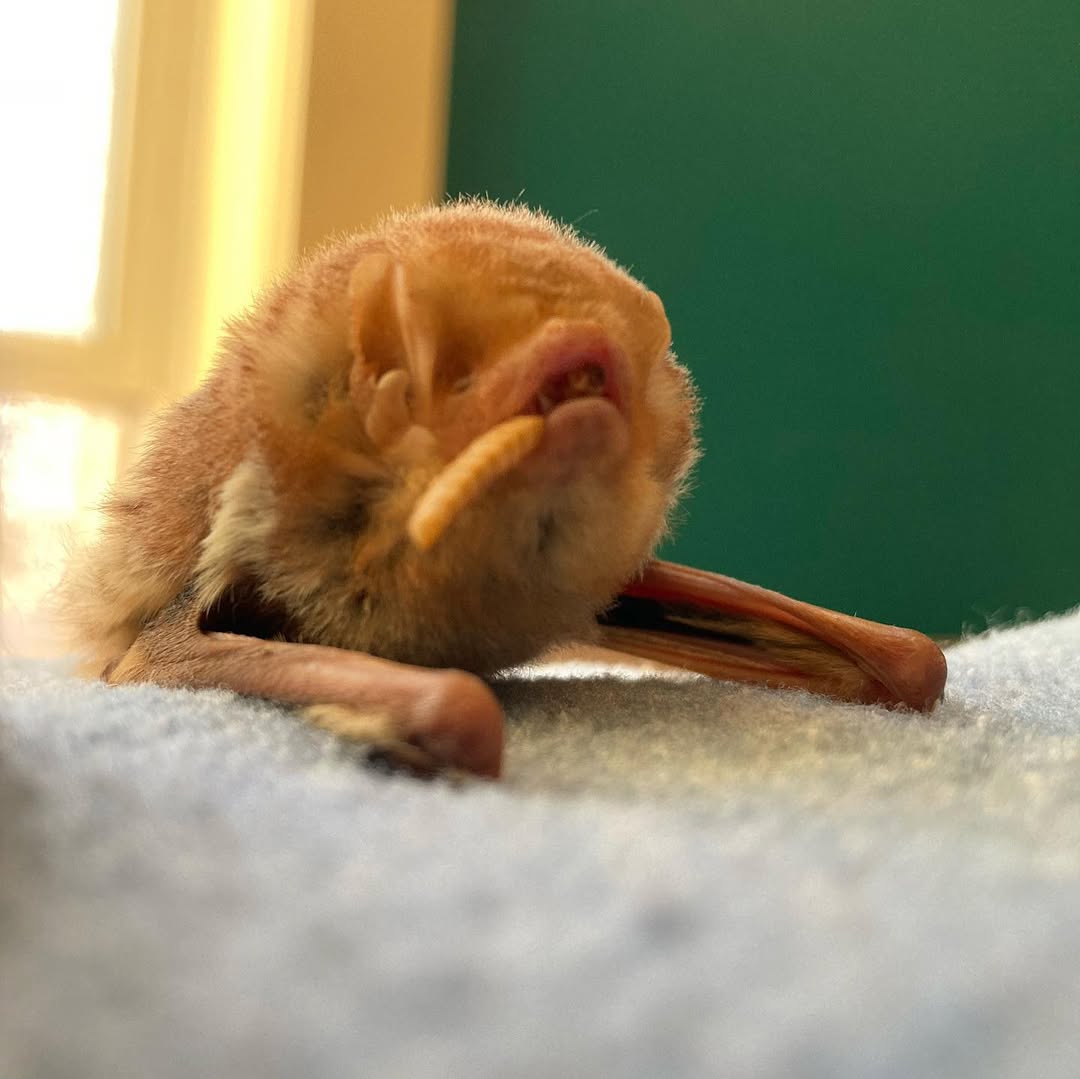
October 29, 2025
read more
They’re little. They’re furry. They’re social butterflies. They’re pest-control pros. Above all, they’re misunderstood. They’re bats, and it’s their special week! 🦇
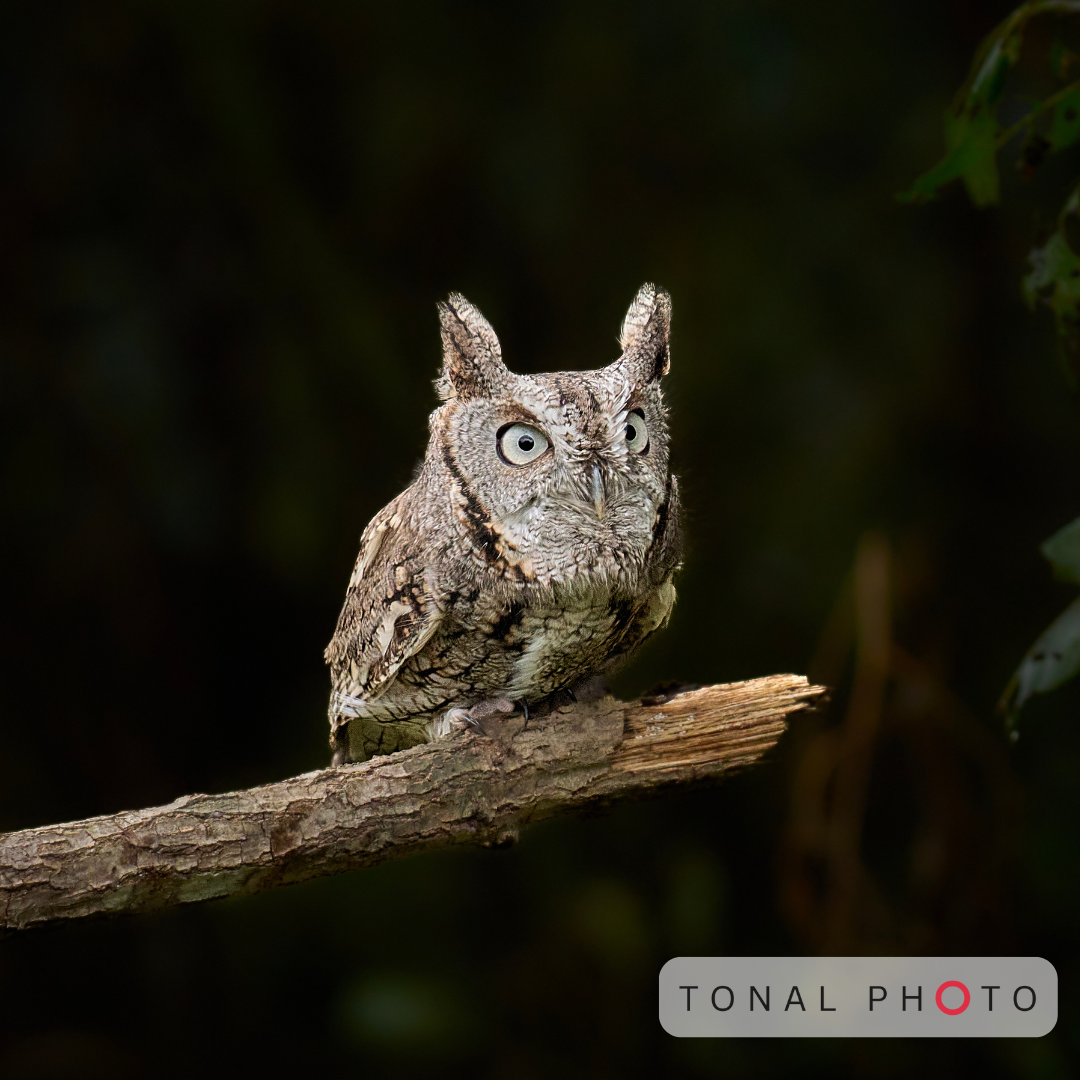
October 14, 2025
Our featured patients this month stole our hearts…though they were sometimes difficult to find. Can you spot the critter in question? 👀
read more
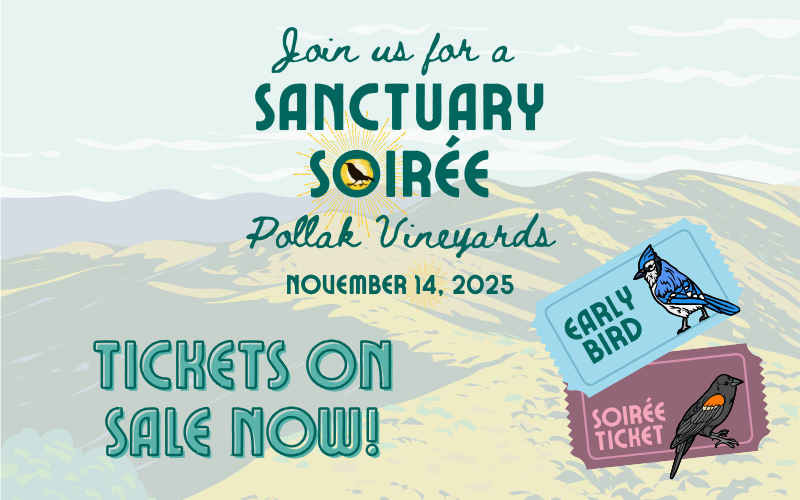
October 3, 2025
We’re delighted to invite you to our Sanctuary Soirée at Pollak Vineyards on November 14th! 🎉 Join us as we celebrate Rockfish Wildlife Sanctuary’s remarkable animal patients and the incredible people, like you, who make their second chances possible. Our Soirée will include: We’re currently offering a special early bird discount for 25% off tickets […]
read more
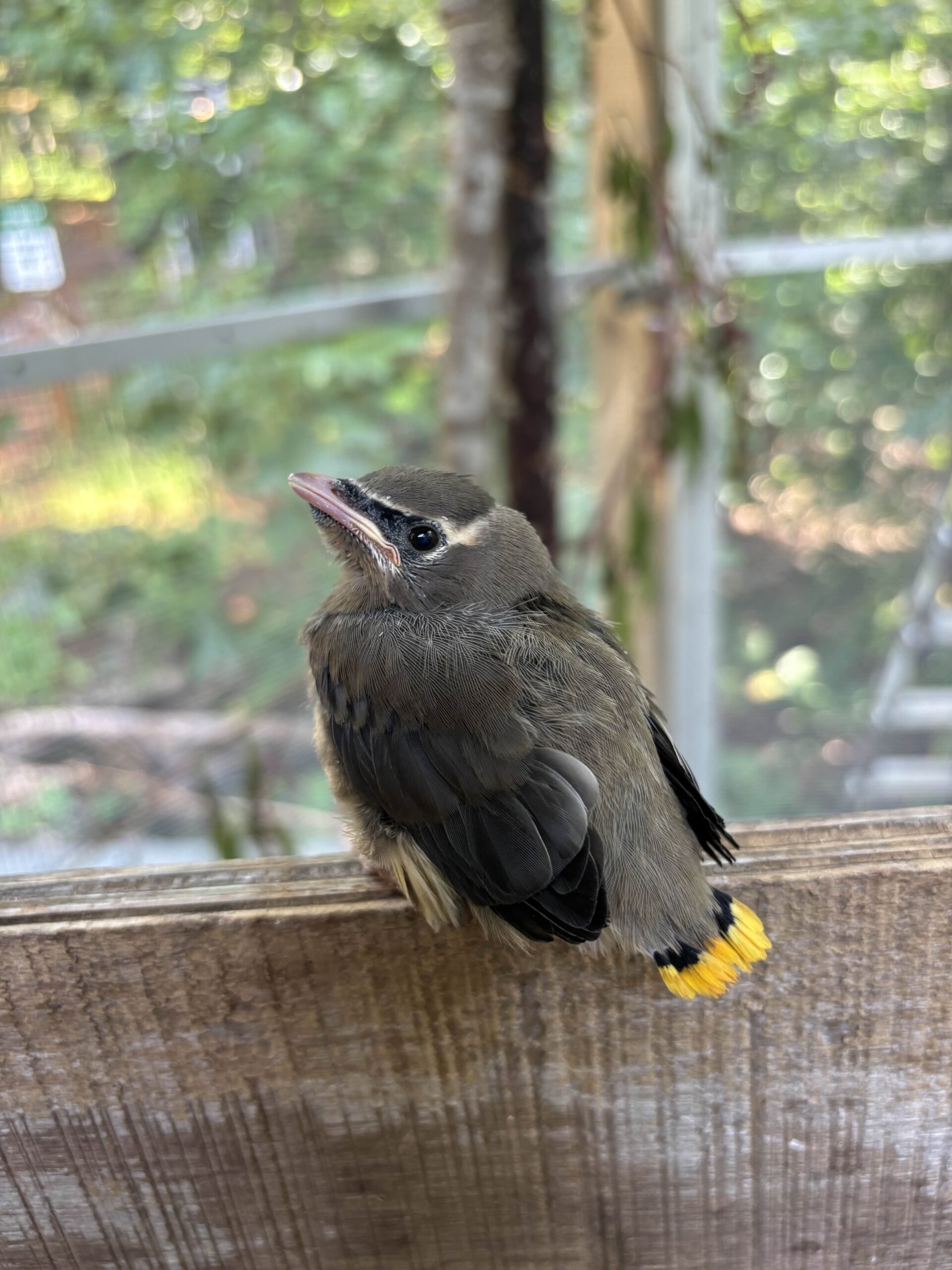
September 29, 2025
read more
Cedar Waxwings are beautiful, spunky birds that quickly become staff favorites whenever they’re in care. We thought this month’s Critter Corner would be the perfect opportunity to share more about these spirited little masked bandits.
This website and all included graphics are
copyright © 2018–2025 Rockfish Wildlife Sanctuary unless otherwise attributed.
Rockfish Wildlife Sanctuary is a 501(c)3 nonprofit organization. EIN 51-0498181.
Thank you for supporting our mission to help native wildlife in Virginia and beyond.